Sundaram Tagore, one of America’s most important art dealers, last week opened a new gallery in London to add to the ones he already owns in New York and Singapore.
The “Sundaram Tagore Gallery” in Cromwell Place in South Kensington attracted hundreds of art lovers and collectors at its formal inauguration.
On display were works by the Japanese artist Hiroshi Senju, famed for painting waterfalls, and the late Sohan Qadri, an Indian who lived in Denmark for 35 years, was introduced to Tanzania by the author Mulk Raj Anand and was long revered as a tantric guru.
Born in Calcutta in 1961, Tagore was educated at Magdalen College, Oxford and now lives in New York. Art is clearly in his DNA for he belongs to the family of the poet Rabindranath Tagore.

Tagore, who has had galleries in Beverley Hills and in Hong Kong until recently, worked during his formative years in Venice for Peggy Guggenheim, the doyenne of the art world. She had travelled extensively in India and met the leading Indian artists of her time, including Sundaram’s father, Subhogendranath (“Subho”) Tagore, the grandson of Hemendranath Tagore, the third son of Debendranath Tagore and the elder brother of Rabindranath Tagore.
Subho Tagore, who was born in 1912, studied for two years at the Central School of Arts and Crafts in London and returned home during the Second World War to be a founder of the innovative Calcutta Art Group.
“My father had all these interesting artists around him – Peggy Guggenheim bought
some of Jamini Roy’s works,” said his son.
“The discourse was all about, ‘How do you create modern art?’”
Tagore said of his family tree: “I’m the great grandson of the fourth brother (of Rabindranath), Hemendranath Tagore”.
Tagore, who has long wanted to open a gallery in London, thought he had found the perfect space in Mayfair in 2007. But the owner went behind Tagore’s back and gave it to a Russian designer at the last minute, presumably because of a higher offer.
“I was on the verge of opening a place in Dubai. And then the financial crisis happened. But by then I left Dubai and opened in Hong Kong. And that was the best thing I could do. The gallery in Hong Kong saved all of my other galleries because we were in a period of very deep financial trouble.”
Explaining why he has always been keen to have a gallery in London, Tagore told Eastern Eye he chooses the artists he represents with great care in an effort to bring cultures together.
“We’re a global gallery and must have a foothold in a global city,” he said. “London went through a big hiccup with Brexit, people were going away to Europe. But I felt this was an opportune moment for us to be here because it’s still the epicentre in terms of the south Asian community. Plus there are huge chunks of people arriving here from all over the world.”
The split between western and Asian collectors is “50-50”, he estimated. “And, yes, there’s always an Indian element, but they’re all non-resident Indians.” He hoped his gallery would offer a cultural space for a wide range of events, including book readings, and also attract “a whole slew of new collectors”.
It would be “a gallery that is based on the idea of globalisation or cross-culture. And the reason I focus on the idea of globalisation is because I think that captures the zeitgeist of the moment, the spirit of the time, the ethos of our time. I show art people connect with immediately.”

Tagore said of his UK connections: “I have deep roots here. I have a large number of university friends. I’ve been coming here since 1982-1983 and regularly since 1989. I have a flat here. It’s not that I’m floating around. I want to strengthen those friendships, create a community of supporters and provide them with cultural services. We are here to serve.”
Artists he represents include Neha Vedpathak, “an Indian woman from Maharashtra based in Michigan. I have just sold a big painting by her to the American consulate general in Hyderabad. We have provided art for the US State Department in Istanbul, Russia, India, Singapore, Hong Kong, Rwanda and Mexico City. We have worked with them for many, many years.”
He also represents the Iranian Golnaz Fathi; the Bangladeshi Tayeba Begum Lipi, who works with razor blades; and the Pakistani Anila Quayyum Agha (whose work with light and shade is currently on show at Shirley Sherwood Gallery of Botanical Art, Kew Gardens).
At the opening of his gallery, Tagore welcomed Senju who had flown over from his home in New York.
Before conducting a question and answer session with Senju, Tagore told guests the artist “is internationally known for creating largely monochromatic and sublime works. He creates beautiful, cascading waterfalls. He transports you to that world where you can imagine hearing the gushing sound of the water and feel the coolness of the mist on your skin. His work is in the Rockefeller Center (in New York) and the Raffles Centre in Singapore; in Japan at the Haneda Airport and the Shinjuku Station in Tokyo.”

Senju, who was born in Tokyo in 1958 and has lived in America for about 30 years, had done several new works, costing $400,000 or more, for Tagore’s gallery opening. Most were snapped up by collectors. He used to do monochromatic works, but started using colour during the pandemic.
A book handed out during the gallery opening said Senju, who often works with crushed paper to create the effect of falling water, “is renowned for his monumental waterfall images…In the new body of work…Senju imagines stepping behind the falls to look at the landscape beyond it through the cascading curtain of water. Peering through this veil, he visualises a vibrant scene, which he distils into abstract columns of colour. In these works, the misty screen of white water is transformed into muted ribbons of crimson, orange, olive green and pale purple.”

Senju told Eastern Eye that black was a beautiful colour. But, during lockdown, when he was at home in New York, he looked at the flowers and leaves in his garden and realised that even in the midst of death and darkness, “the world is filled with colour”. “Nature is my teacher,” he remarked. “I choose the best combination from 600 colours.”
But his choice of colours also represented the diversity of society, he emphasised: “My paintings show respect for everything. So, for example, brown is beautiful. But, at the same time, green is beautiful, pink is beautiful. You are as unique as I am. Other people are unique. My paintings are a peace-making process. That is why I use so many colours.”






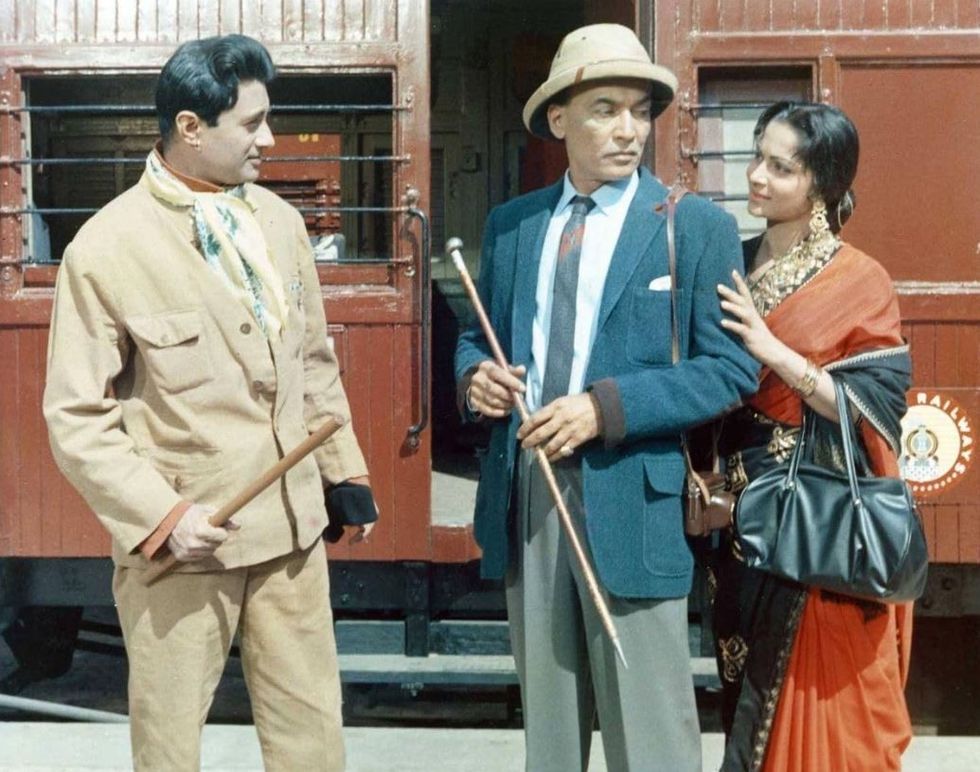
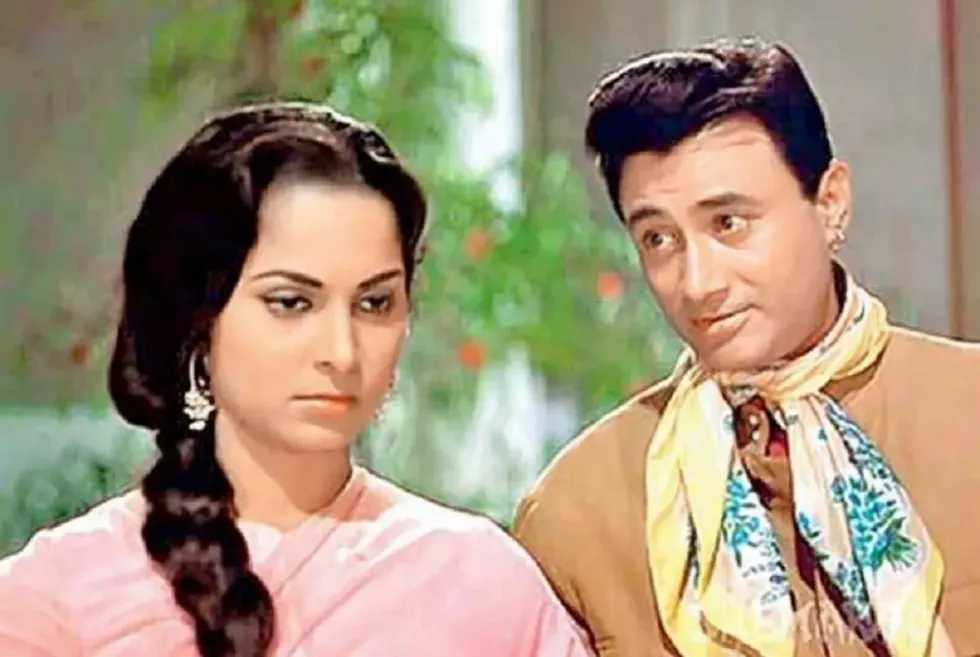
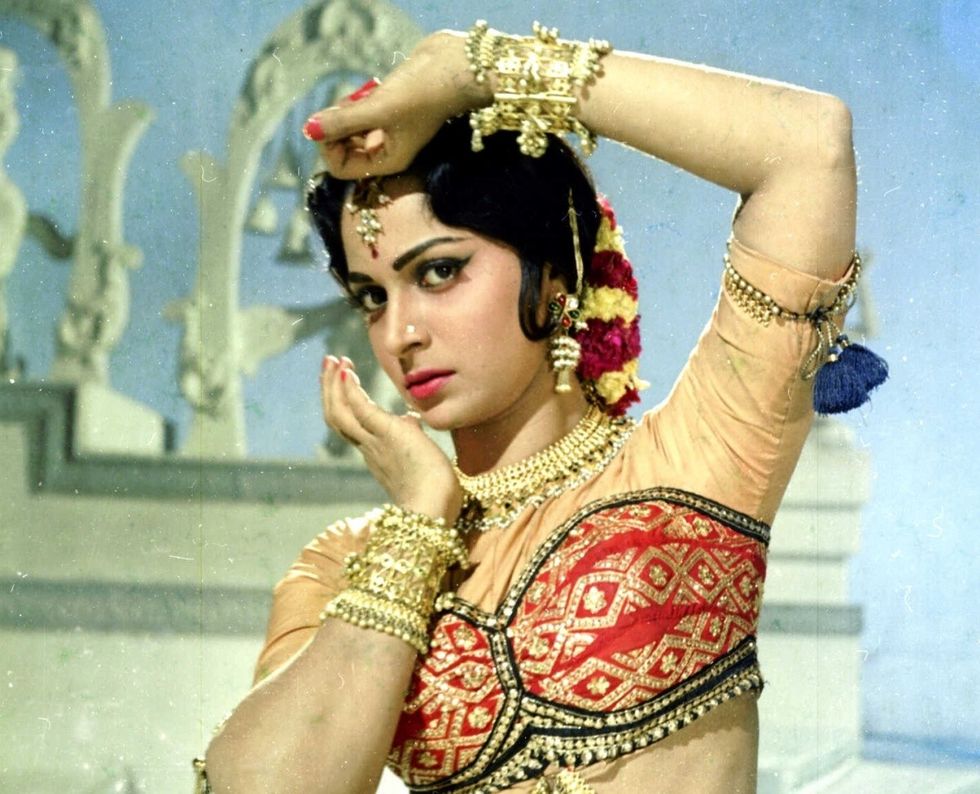
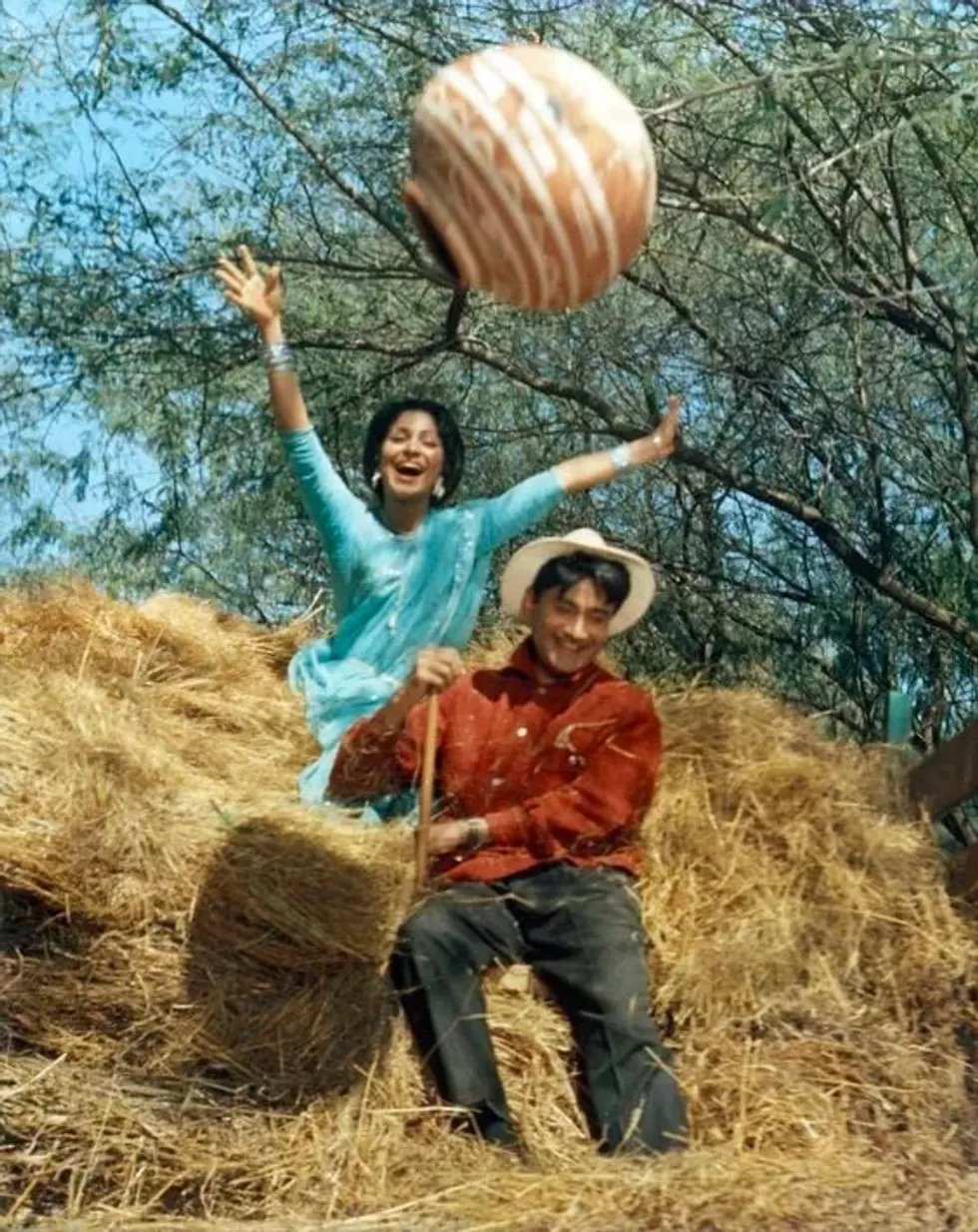
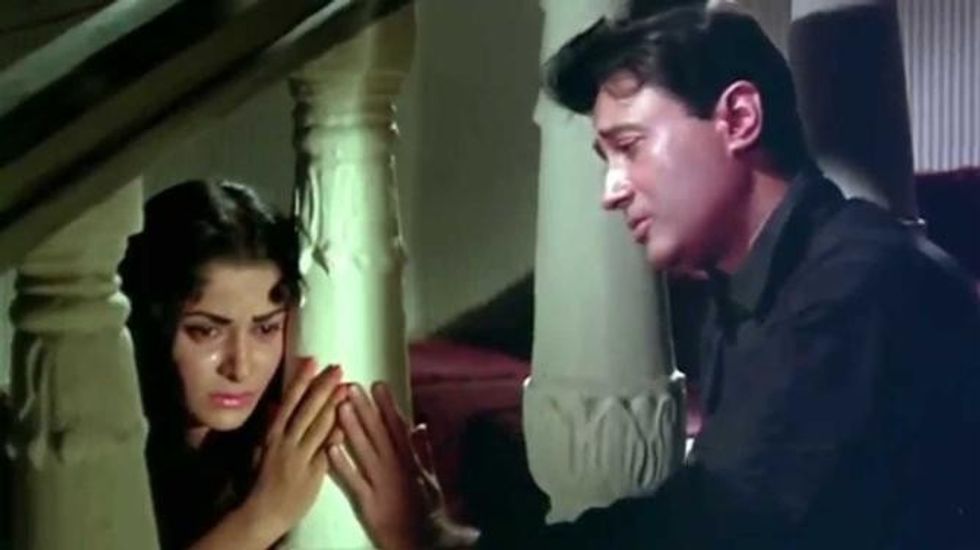
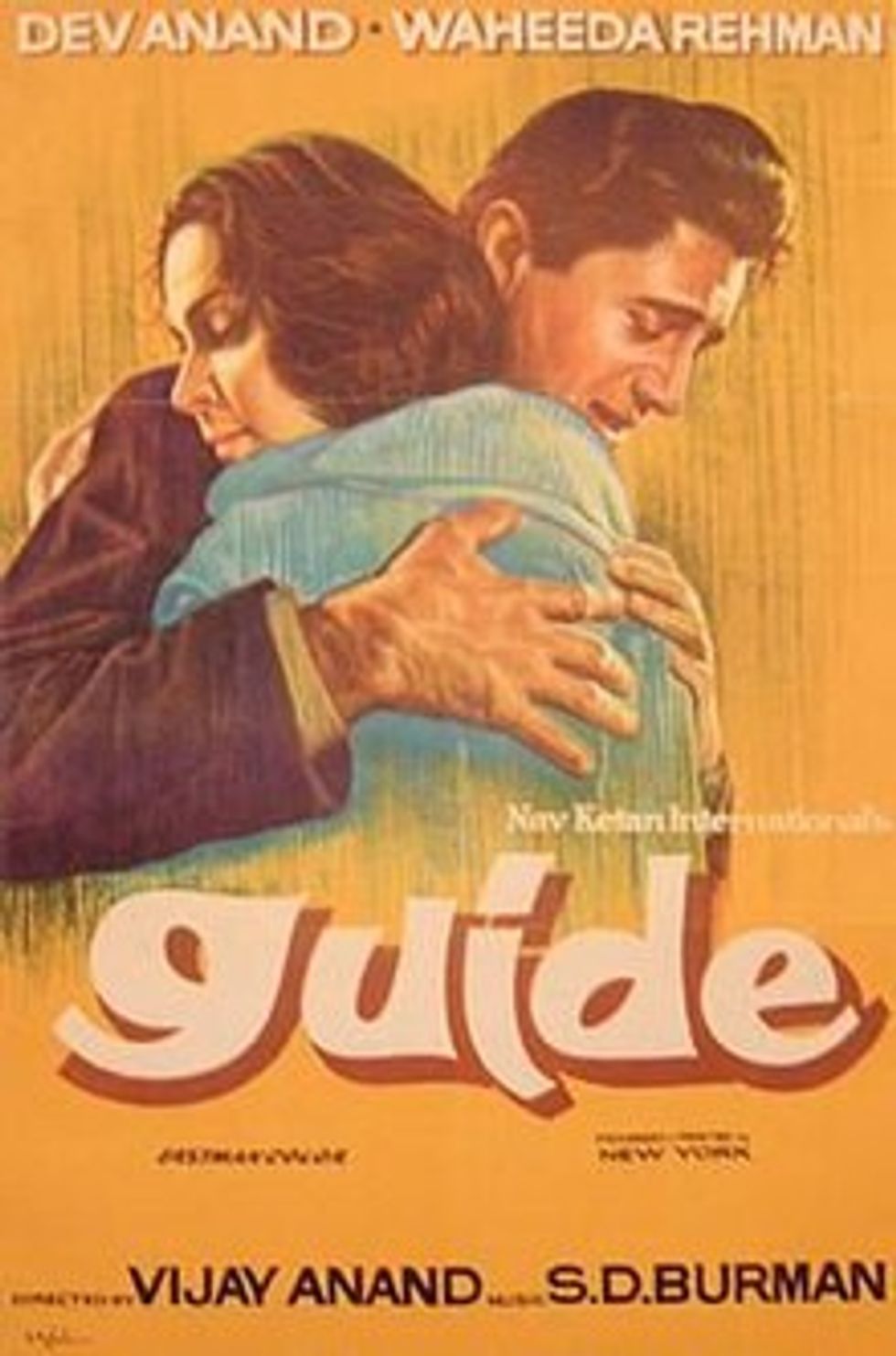 The film’s poster
The film’s poster











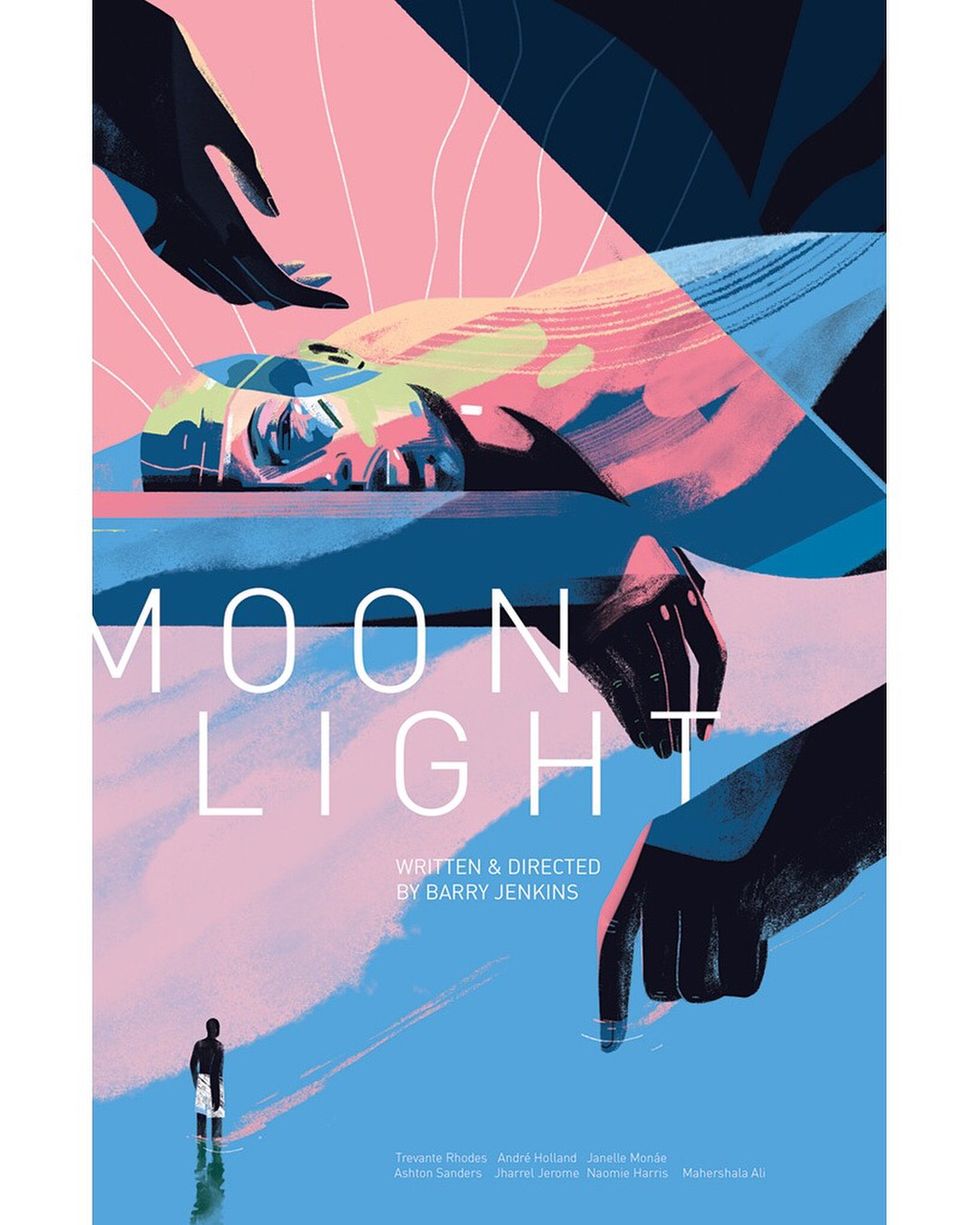 A timeless story of identity, love, and self-discovery – Moonlight shines beyond the screenInstagram/moonlightmov
A timeless story of identity, love, and self-discovery – Moonlight shines beyond the screenInstagram/moonlightmov


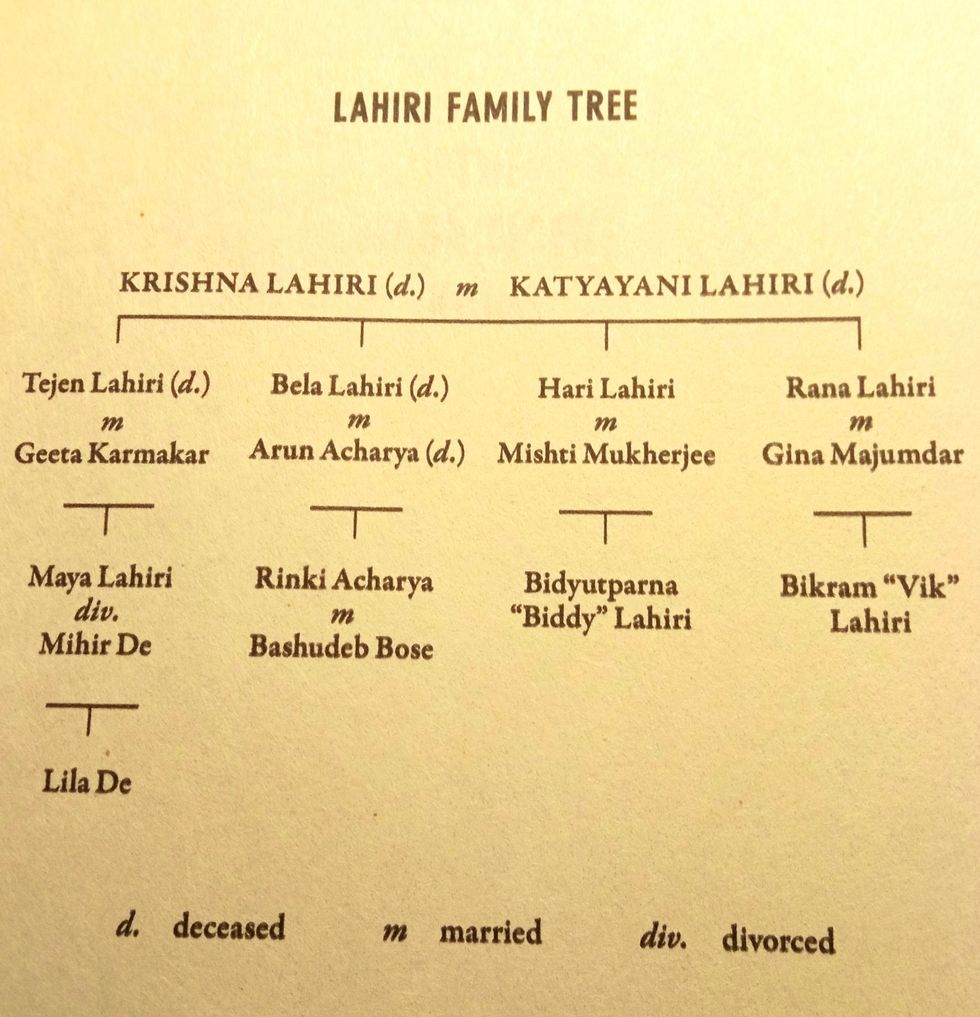 The family tree from the novel’s opening
The family tree from the novel’s opening